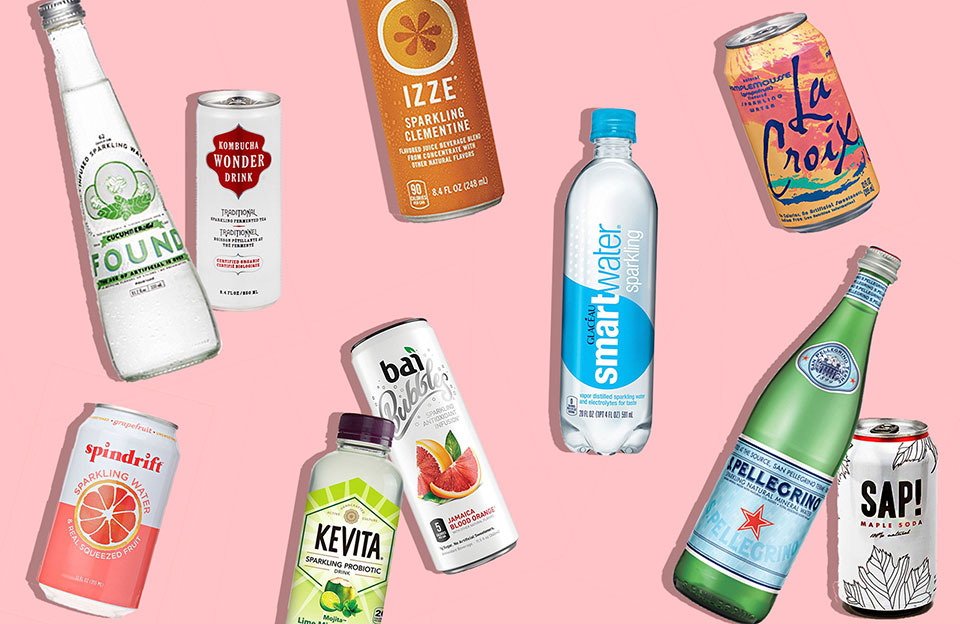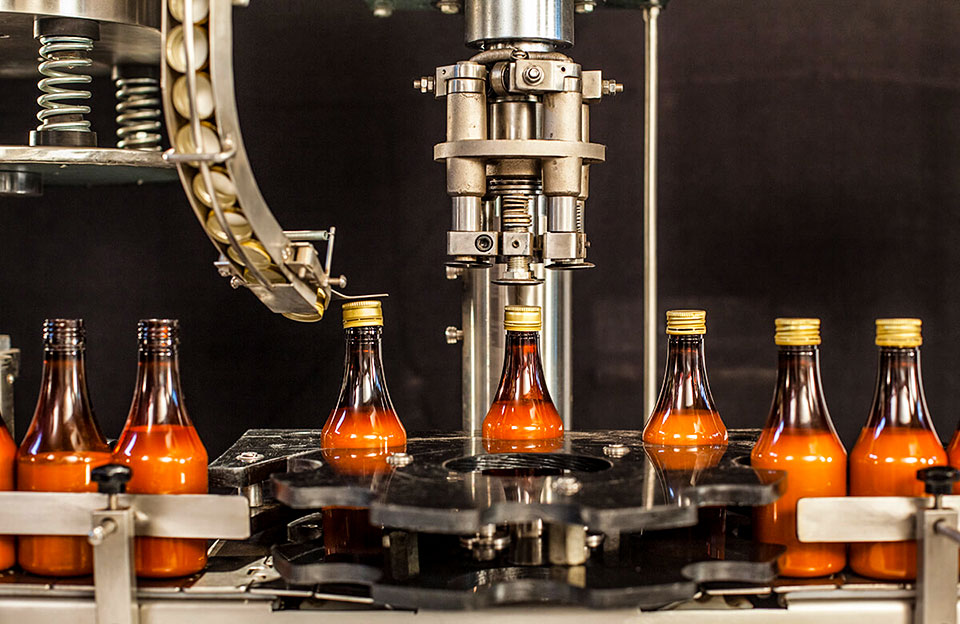The soft drink industry is a major economic pillar of global economic development. The global soft drinks market was valued at USD 416.19 Billion in 2021. By 2023, the soft drinks segment will reach $1 trillion in revenue. The market is expected to grow annually by 4.15% (CAGR 2023-2027).
In soft drinks, sales are expected to reach 348.2 billion liters by 2027. The soft drinks segment is expected to grow by 2.0% in volume by 2024. The per capita consumption in the soft drinks segment is expected to reach 42.91 liters by 2023. A complete soft drinks packaging system is a key factor in the development of the soft drink industry.
3 Market Segments for Soft Drinks
Soft drinks can be divided into various market segments based on different factors, such as consumer preferences, ingredients, functionality, and packaging. Here are three common market segments for soft drinks:
- Carbonated Soft Drinks (CSDs): This segment includes classic carbonated beverages like cola, lemon-lime soda, and other fizzy drinks. Carbonated soft drinks are known for their bubbly and effervescent nature. They are often associated with refreshments and are widely consumed around the world.
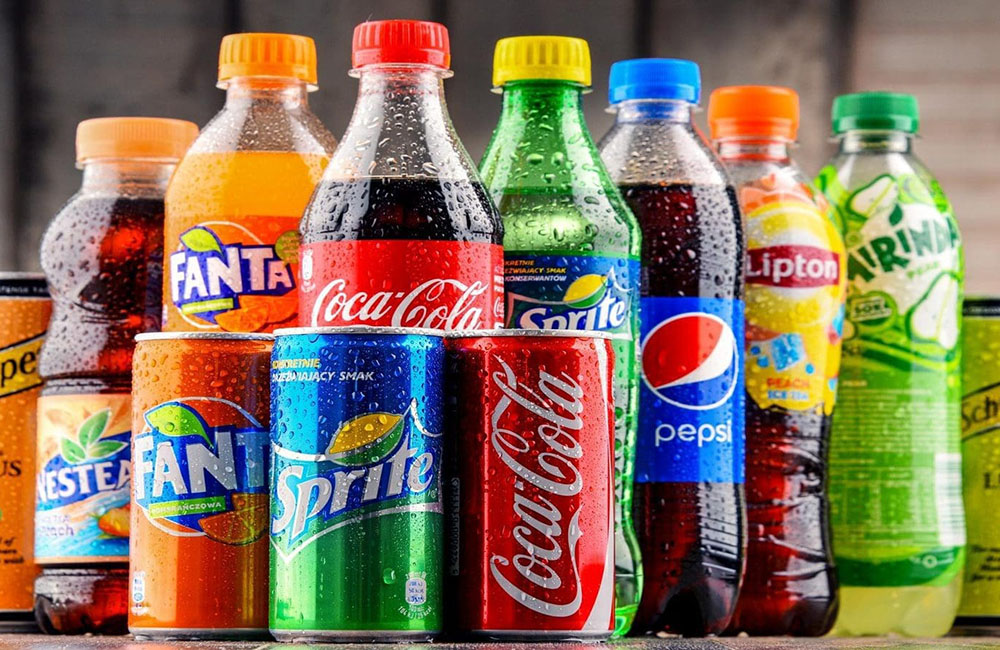
Carbonated Soft Drinks (CSDs) - Non-Carbonated Soft Drinks: Non-carbonated soft drinks comprise a wide range of beverages that lack the characteristic fizz of carbonated drinks. This category includes still fruit juices, iced teas, sports drinks, energy drinks, bottled water, and functional beverages. Non-carbonated soft drinks often emphasize natural ingredients, health benefits, and hydration.
- Ready-to-Drink (RTD) Teas and Coffees: This segment focuses on the ready-to-drink versions of popular tea and coffee beverages. RTD teas and coffees come in various flavors and formulations, including sweetened, unsweetened, and flavored options. They cater to consumers seeking convenient and on-the-go solutions for their caffeine fix.
Global Soft Drinks Major Market
The regions with a large proportion of soft drinks in the world mainly include North America, Asia Pacific, and Latin America. In North America, especially the United States and Canada, the soft drink market is mature and highly competitive, and products such as carbonated drinks, bottled water, and energy drinks are popular.
In the Asia-Pacific region, especially China, Japan, and India, due to the large population base and growing middle class, the soft drink market is showing rapid growth, covering a variety of flavors and functional drinks.
In addition, in Latin American regions such as Brazil and Mexico, traditional beverages such as carbonated drinks and fruit juices play an important role in the local market. Together, these regions form a significant segment of the global soft drinks market, reflecting the diversity of consumer tastes, cultures, and economic conditions.
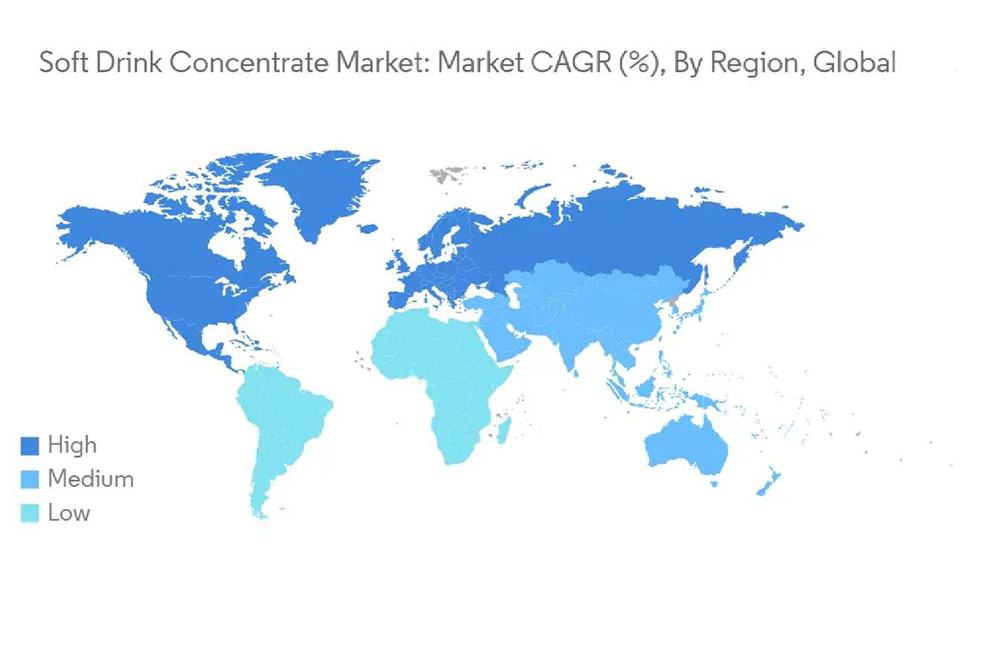
Factors to Consider in Soft Drinks Packaging
Soft drinks packaging plays a significant role in attracting consumers, preserving product quality, and ensuring convenience. When designing or selecting soft drinks packaging, several important factors should be taken into consideration:
- Product Freshness and Protection: The primary task of soft drinks packaging is to protect beverages from external elements such as light, oxygen, moisture, and pollutants, ensuring product freshness and quality. Select the appropriate material and packaging method to extend the product’s shelf life.
- Brand Identity and Attractiveness: Packaging should be consistent with the brand image. It should attract consumers’ attention and strengthen brand recognition through unique design, logo, color, and shape. The soft drinks packaging design should be able to stand out on the supermarket shelf.
- Messaging and Clarity: Information on labels and packaging should be clear, easy to read. They should include important information about ingredients, calories, ingredients, nutritional value, etc. Consumers have the right to know what they are buying.
- Convenience and Sustainability: Soft drinks packaging should be easy to open, pour and reclose for consumer convenience. At the same time, consider using environmentally friendly materials and designs to reduce the environmental impact of packaging.
- Market Trends and Consumer Needs: Track consumer trends, including health, sustainability, and functionality needs. Adapting to consumer preferences such as low-sugar, sugar-free, organic, or functional ingredients can help attract more consumers.
Key Machines for Soft Drinks Packaging – Liquid Filling Machine and Capping Machine
In the soft drinks packaging process, two key machines that play crucial roles are the liquid filling machine and the capping machine:
Liquid Filling Machine:
The liquid filling machine is responsible for accurately filling beverage containers, such as bottles or cans, with the appropriate amount of liquid. This machine ensures consistency in the volume of liquid in each package, preventing overfilling or underfilling. Key features and functions of the liquid filling machine include:
- Accuracy: It precisely measures and dispenses the desired amount of liquid, ensuring uniformity in each package.
- Speed: Liquid filling machines are designed for high-speed production to meet the demands of large-scale soft drink manufacturing.
- Adjustability: These machines can easily adjust to accommodate different container sizes and liquid viscosities.
- Non-Drip Mechanism: Many machines are equipped with non-drip nozzles to prevent spillage and maintain cleanliness in the packaging process.
- Hygiene and Safety: Filling machines are built with materials safe for food contact and easily cleaned to ensure product safety and quality.
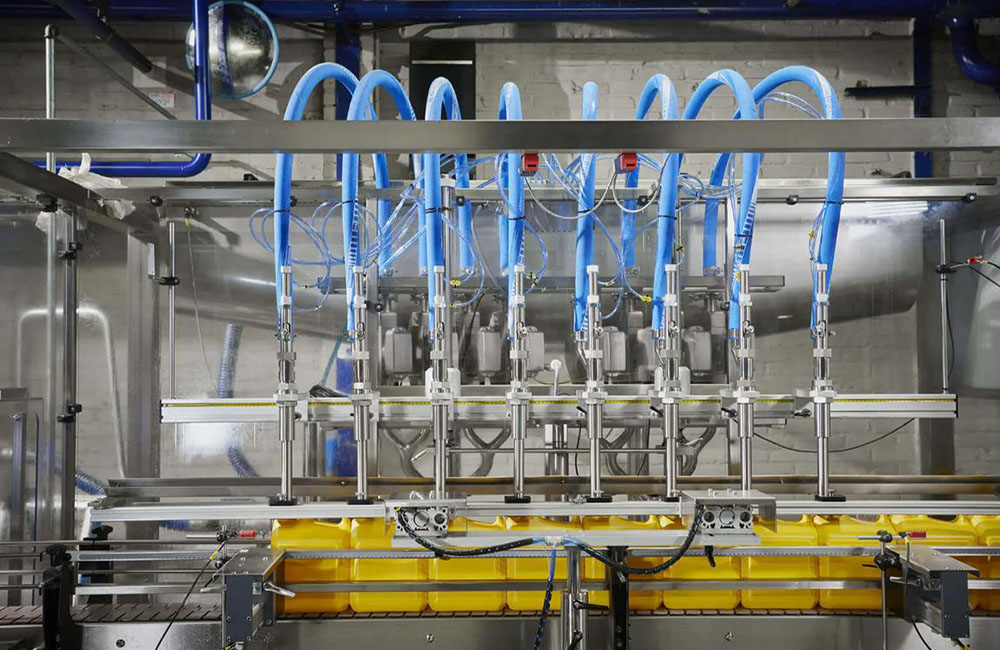
Liquid Filling Machine
Capping Machine:
The bottle capping machine is responsible for sealing soft drink containers with caps or closures, ensuring the integrity of the package and preventing leakage or contamination. Key features and functions of the capper machine include:
- Secure Sealing: The machine applies caps tightly and consistently to ensure proper sealing of containers, maintaining the freshness and carbonation of the beverage.
- Versatility: Capper machines can handle various caps, including screw caps, snap-on caps, and tamper-evident closures.
- Tamper-Evidence: Some machines include features that apply tamper-evident seals to enhance consumer confidence and product safety.
- Adjustability: Capping Machines can be adjusted to accommodate different bottle sizes and cap diameters, offering flexibility in packaging options.
- Integration: These machines can be seamlessly integrated into the overall packaging line, working with other equipment like the liquid filling machine and labeling machine.
- Quality Control: Advanced models might include torque sensors to monitor and ensure caps are properly tightened to prevent leakage without damaging the package.
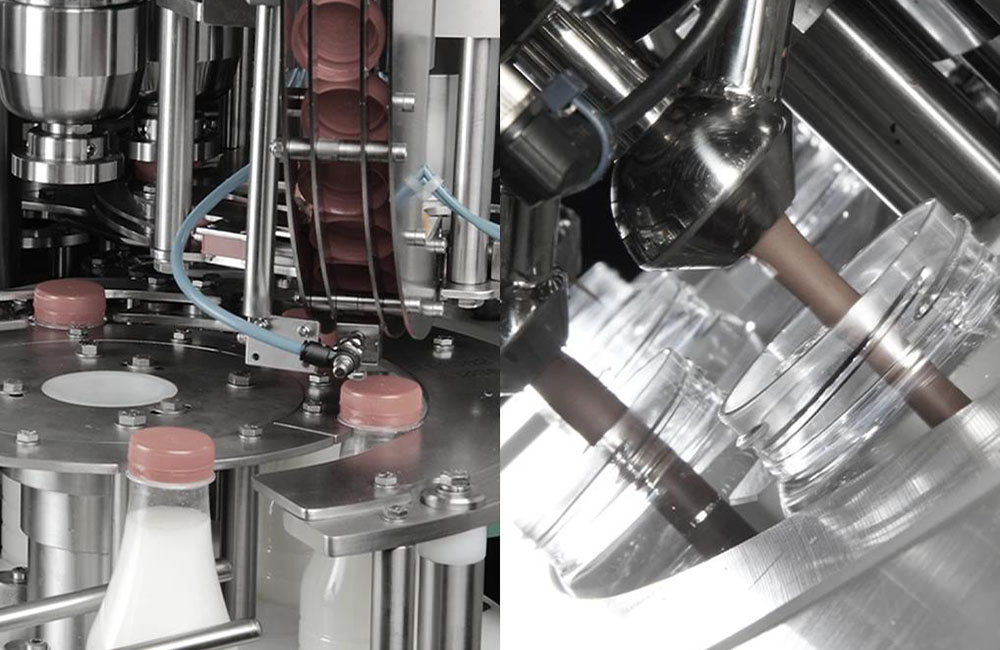
Soft Drinks Packaging – Liquid Filling Machine and Capping Machine
Conclusion
The soft drink industry increasingly focuses on environmental sustainability in its packaging and production processes. Many businesses are turning to recycled materials, reducing packaging waste, and introducing greener packaging options.
As an important part of the soft drinks packaging line, liquid filling machines, and capping machines have attracted much attention from manufacturers. By choosing the right machine, enterprises can improve production efficiency and seek more economic benefits. As consumer demands and market dynamics change, the industry will continue to adapt to new trends and opportunities.
